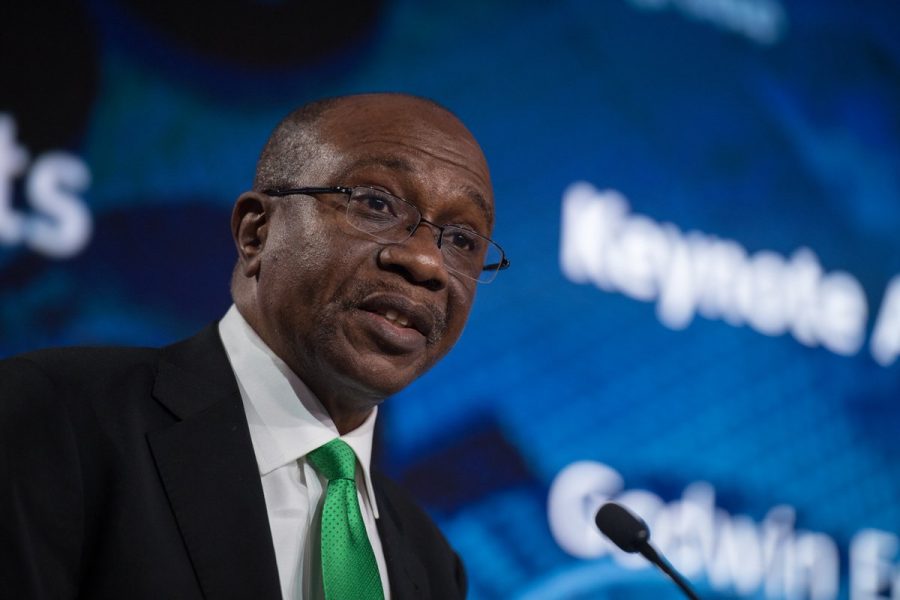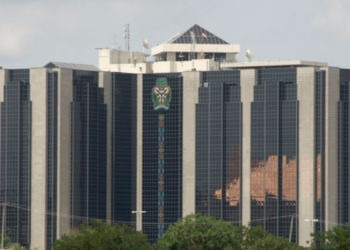The Central Bank’s Monetary Policy Committee (MPC) will meet for the last time this year on Wednesday and Thursday this week.
The meeting earlier scheduled for Monday and Tuesday, 19th & 20th November was shifted due to a public holiday declared by the Federal Government to mark the Eid El Maulud.
At the last meeting
At the last meeting, the MPC decided by a vote of seven (7) members to retain the MPR at 14 per cent.
However, three (3) out of these seven (7) members voted to raise the Cash Reserve Requirement (CRR) by 150 basis points, an indication that left to them, we should have tightened. The other three (3) members voted to tighten through raising the MPR by 25 basis points.
Here’s a look at various analyst views and Nairametrics view on the likely decision on Thursday.
About the MPC
The Monetary Policy Committee (MPC) of the Central Bank of Nigeria (CBN) is made up of 12 members of which the CBN Governor is the Chairman.
The committee’s mandate is to facilitate the attainment of macroeconomic objectives such as economic growth, price stability (which includes inflation, interest rates and exchange rates) and providing economic policy support to the Government.
The committee’s primary tools of doing so, are the Monetary Policy Rate, Liquidity ratio and Cash Reserve Ratio.
What MPR, CRR and Liquidity ratio mean
MPR is the interest rate at which CBN lends to the commercial banks. The MPR is the benchmark against which other lending rates in the economy are pegged and is usually used as an instrument to moderate inflation in the economy.
CRR simply refers to the ratio of customer deposits (i.e. your money in the bank) banks are expected to hold as cash or keep with the CBN.
Liquidity ratio refers to the amount of highly liquid assets that banks should hold in order to meet their financial obligations to customers.
What do analysts think?
Analysts had mixed opinions regarding what the CBN should do next. From a sample size of two analysts taken, one was for MPR to be increased, while the other was of the opinion that it should be left at the current rate.
Analyst 1
To this analyst, a hike in the MPR was necessary in order to keep the large volume of dollars that would accrue to foreign holders of fixed income securities within the country. A tweak in the CRR would also not be out of the question.
Analyst 2
To another analyst, despite the increased call for tightening, there was no need for hiking the MPR as it had little or transmission effect on the real economy. Other methods such as OMO and the current effective CRR method would be more effective in controlling the money supply. While CRR is currently at 22.5%, the CBN’s computation method brings it closer to 33% for most banks.
Nairametrics view
The MPC will most likely leave all rates unchanged. While the October inflation report may show an increase in inflation, expected spending has not kicked in yet.




















